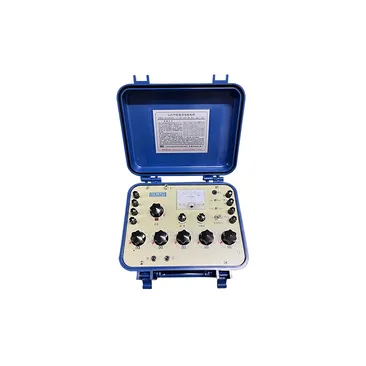Constant Temperature Testing of Conductor Resistance for Export Compliance and Quality Assurance
Understanding Conductor Resistance Testing at Constant Temperature
Conductor resistance testing is a crucial aspect of electrical engineering and power distribution. It primarily aims to assess the resistance of electrical conductors under specific conditions, which is vital for ensuring efficient performance in electrical systems. This article explores the significance, methodology, and implications of conductor resistance testing at constant temperature.
Significance of Conductor Resistance Testing
The resistance of a conductor plays a pivotal role in determining the efficiency and reliability of electrical circuits. High resistance in conductors can lead to excessive power losses due to heat generation, which can compromise system performance and longevity. Furthermore, understanding the resistance characteristics of conductors aids in the design of safer and more efficient electrical systems.
Conductors, typically made from materials like copper or aluminum, exhibit varying resistance values under different environmental conditions, particularly temperature. Hence, performing resistance tests at a constant temperature eliminates the variability introduced by temperature fluctuations, leading to more accurate and reliable measurements.
Methodology of Constant Temperature Test
Conductor resistance testing at a constant temperature involves a systematic approach to ensure accurate results. The procedure typically follows these steps
1. Preparation of Samples Conductors are selected according to their specifications. It is essential that these samples are free from contaminants and defects that could affect the resistance readings.
2. Temperature Control The testing environment is regulated to maintain a constant temperature, usually at a baseline standard of 20 degrees Celsius (68 degrees Fahrenheit) or as required by relevant standards. This ensures that the resistance readings are not influenced by ambient temperature fluctuations.
3. Testing Equipment Setup A precision ohmmeter or a resistance bridge is employed for measuring the resistance. Calibration of the instruments is critical to ensure accuracy.
conductor resistance constant temperature test exporter

4. Conducting the Test The resistance of the conductor is measured by applying a known voltage and recording the current flow. Using Ohm's law (R = V/I), the resistance can be calculated. Multiple measurements are taken to ensure consistency and reliability of the data.
5. Data Analysis The results are compared against standard resistance values for the specific type of conductor being tested. Any significant deviations may indicate issues such as corrosion, mechanical damage, or inadequate connections.
Implications of Testing Results
The outcomes of conductor resistance tests at a constant temperature have several implications for electrical systems
- Performance Optimization By identifying high-resistance paths, engineers can implement corrective actions, ensuring efficient power distribution and minimizing energy losses.
- Maintenance Decisions Regular resistance testing allows for proactive maintenance strategies. Results may indicate the need for repairs or replacements, preventing unexpected failures and downtime.
- Compliance and Safety Adhering to resistance standards is often mandatory for electrical installations. Conducting these tests helps ensure compliance with safety regulations, thus protecting both equipment and personnel.
- Material Quality Assessment Resistance tests can also serve as a quality control measure during the manufacturing process. Consistent results align with quality assurance protocols, ensuring the reliability of the conductors used in electrical systems.
Conclusion
Conductor resistance testing at constant temperature is an essential practice in the field of electrical engineering. By providing a clear and accurate assessment of conductor performance, this testing methodology not only optimizes the efficiency of electrical systems but also enhances safety and reliability. As technology continues to advance, incorporating innovative testing methods and maintaining stringent quality control will be imperative for the future of electrical distribution and power management.
-
The Role of Tensile Force Testers in Quality Control and Material Science
NewsAug.01,2025
-
Maintenance and Safety Tips for Aging Ovens
NewsAug.01,2025
-
Density Balance in Forensic Science
NewsAug.01,2025
-
Advanced Optical Measurement Technologies
NewsAug.01,2025
-
A Buyer’s Guide to Tensile Test Machines
NewsAug.01,2025
-
Why the Conductor Resistance Constant Temperature Measurement Machine Redefines Precision
NewsJun.20,2025
 Copyright © 2025 Hebei Fangyuan Instrument & Equipment Co.,Ltd. All Rights Reserved. Sitemap | Privacy Policy
Copyright © 2025 Hebei Fangyuan Instrument & Equipment Co.,Ltd. All Rights Reserved. Sitemap | Privacy Policy

